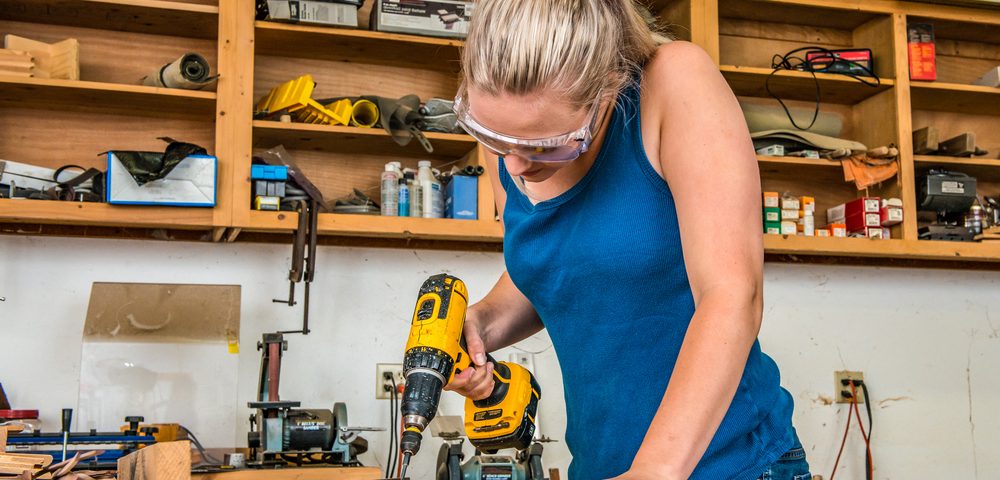An advanced theoretical model of vibration-induced Raynaud’s phenomenon suggests that vibrations cause capillary walls in the hand to thicken, leading to what is known as hand-arm vibration syndrome (HAVS).
Although the study offers insights into the disease mechanisms of HAVS, researchers stated that the main contribution of the work was to overcome earlier problems, preventing effective modeling of vibration-induced tissue damage. The research team handled the earlier issues by coupling a global model of how vibration propagates in tissue, with a local — or microscopic — model of blood vessel growth.
The study, “A two scale modeling and computational framework for vibration-induced Raynaud syndrome,” was published in the Journal of the Mechanical Behavior of Biomedical Materials.
HAVS is a condition that can appear after long-term use of hand-held power tools.
Just as in other types of Raynaud’s phenomenon, certain symptoms of HAVS involve changes in blood flow in the arm and hand. Such changes — causing a part of the hand to become pale — often are triggered by cold or wet conditions and can be linked to severe pain.
The issue most often is occupational, so researchers at the French National Research and Safety Institute for the Prevention of Occupational Accidents and Diseases partnered with colleagues at the University of Lorraine in France in an attempt to explore the tissue changes leading to the condition.
The team built a model of how the artery wall structure changed when exposed to vibration. The same type of approach often is used to model cardiovascular disease.
The task was, however, not straightforward, because the model needed to take into account the large-scale process of how vibrations mechanically deform tissue, as well as the microscopic process of blood vessel growth or remodeling. These aspects are modeled on different length scales that are not possible to combine because of numerical limitations.
Likewise, the time scales of vibration — extremely rapid tissue deformation — and blood vessel remodeling, which takes months or years, are not easily combined.
Researchers solved the problems by splitting the model into two and developing a method for transitioning between them. In this way, they could link vibration to capillary growth with the help of so-called biomechanical chaining.
The results showed that vibrations cause capillary walls to become thicker, a possibility also suggested by earlier research.
“The vibrations emitted by the hand held power tool are … linked to the capillary growth through the adopted biomechanical growth model at the capillary level. The obtained results show that vibrations induce an increase of the thickness of the capillary’s wall, thereby confirming the scenario of vibrations induced reduction of the lumen of blood vessels.” researchers wrote in their report.


